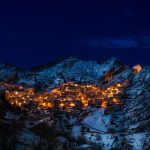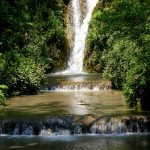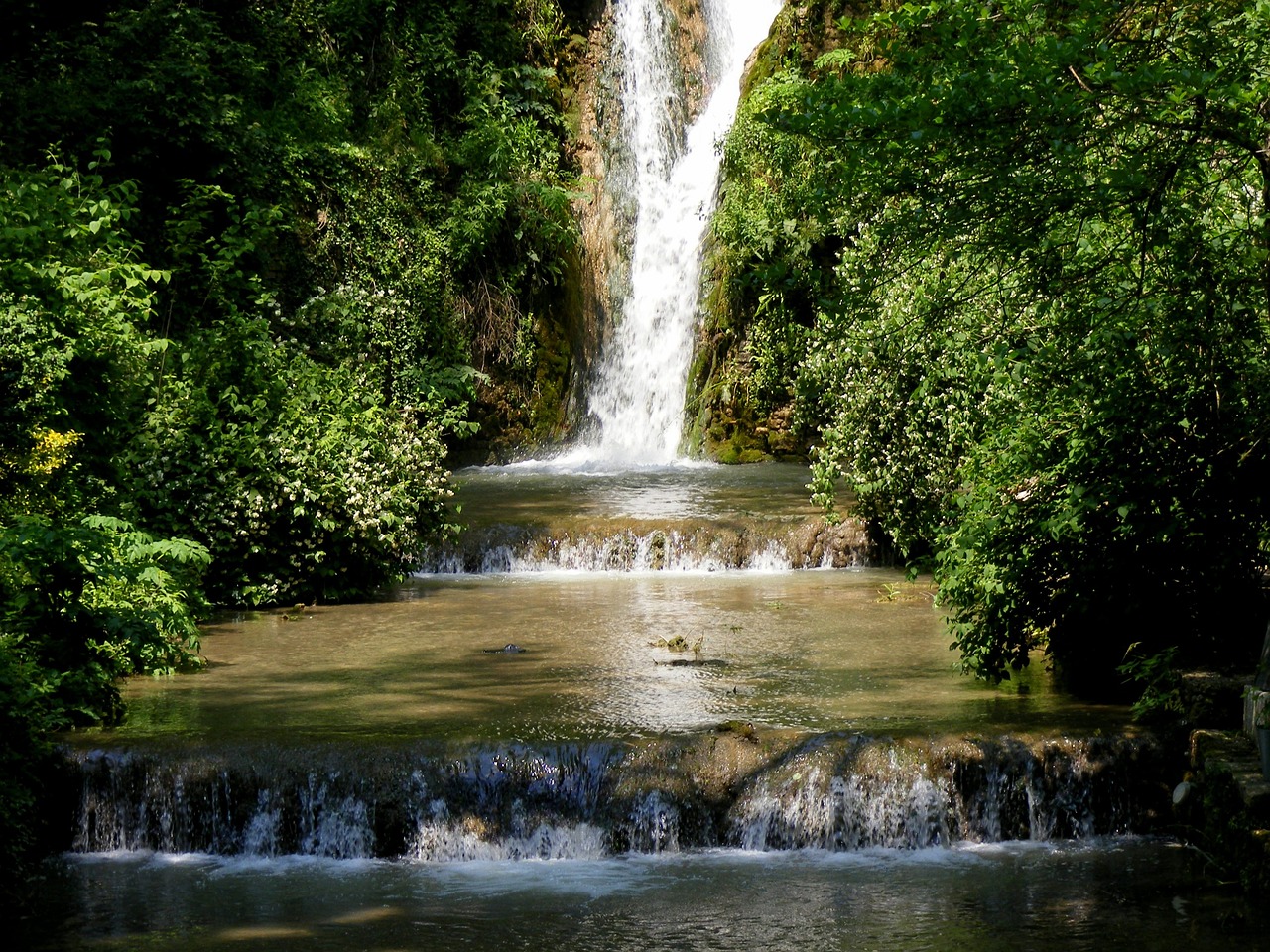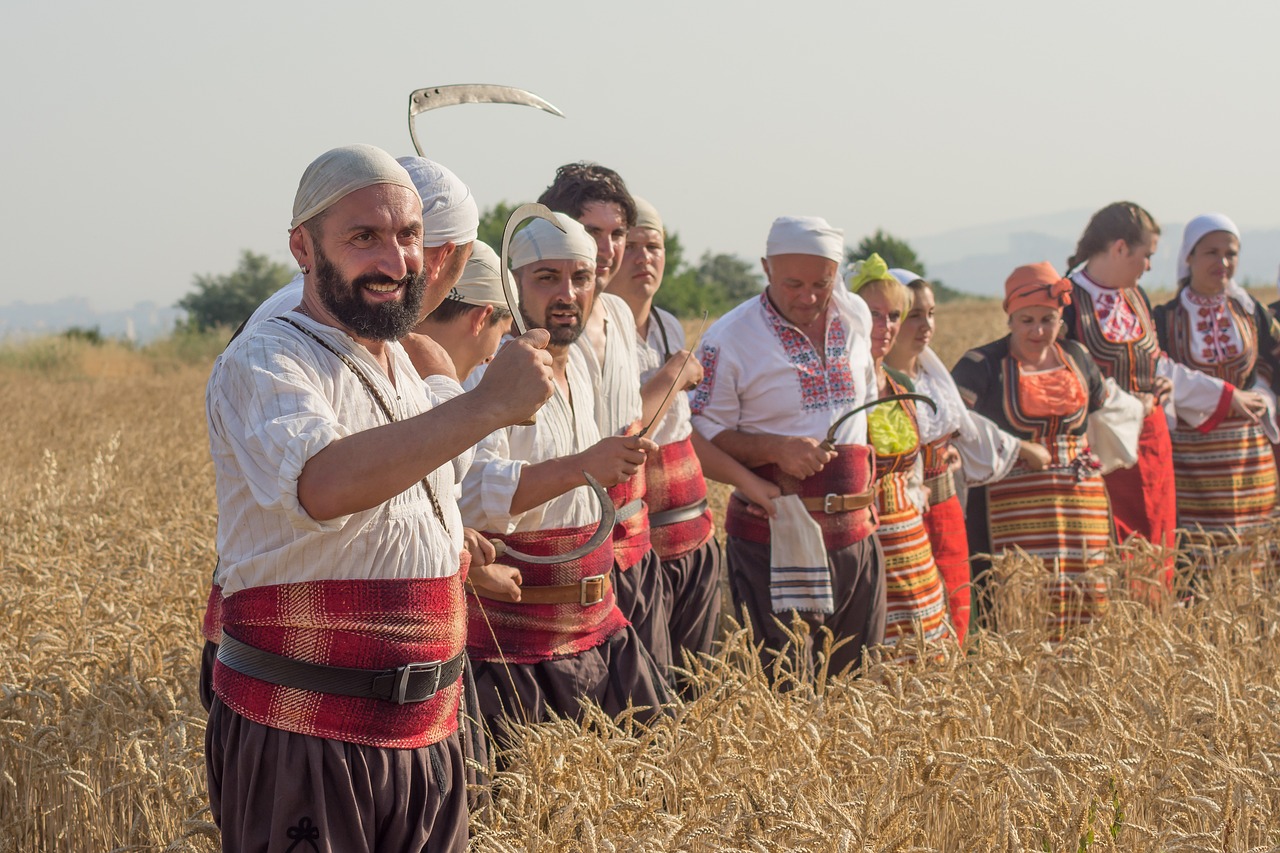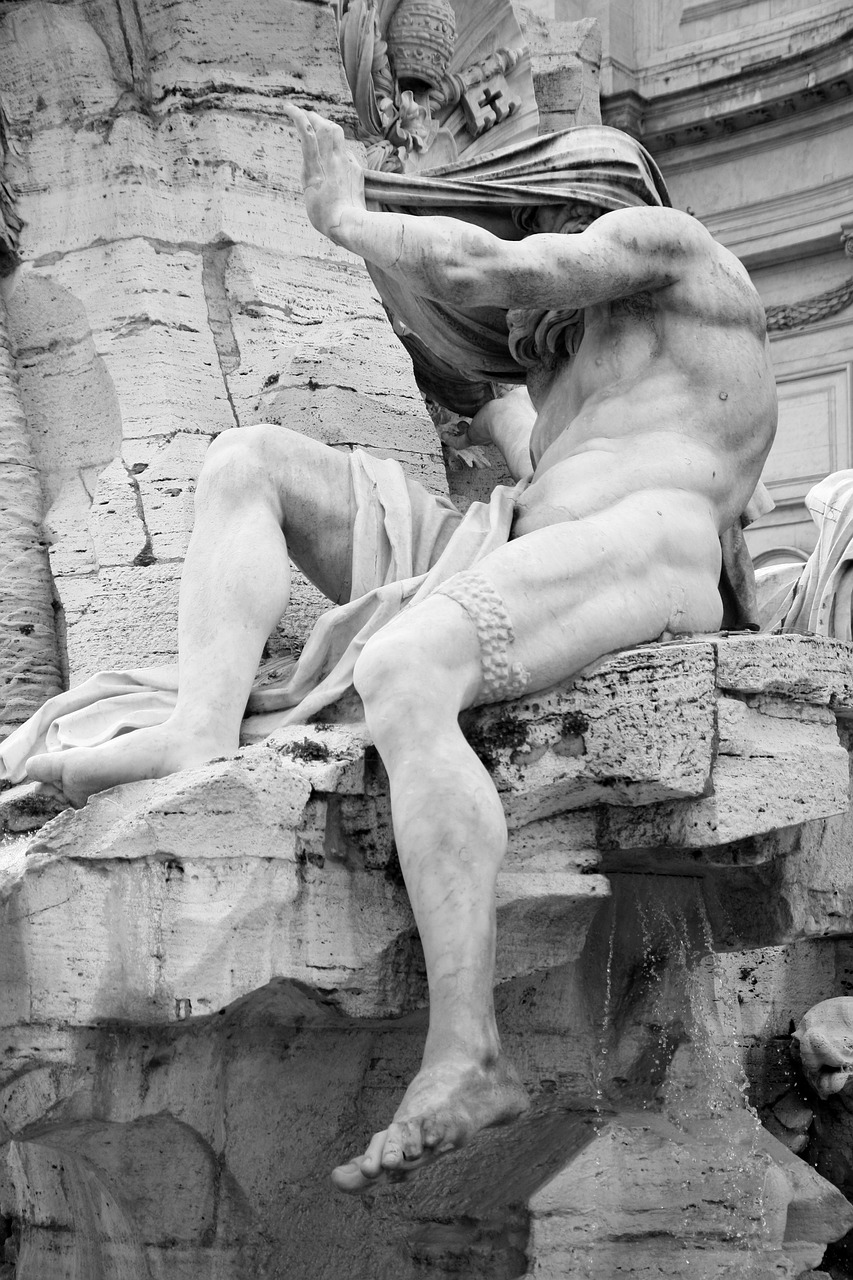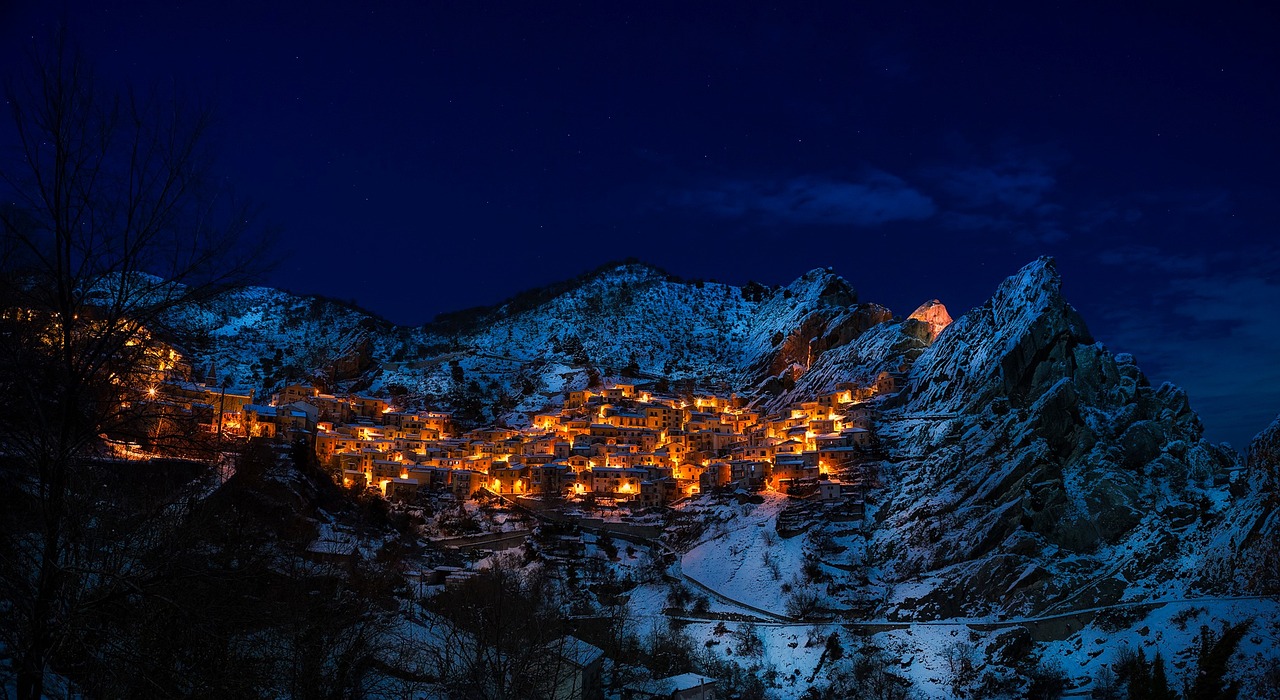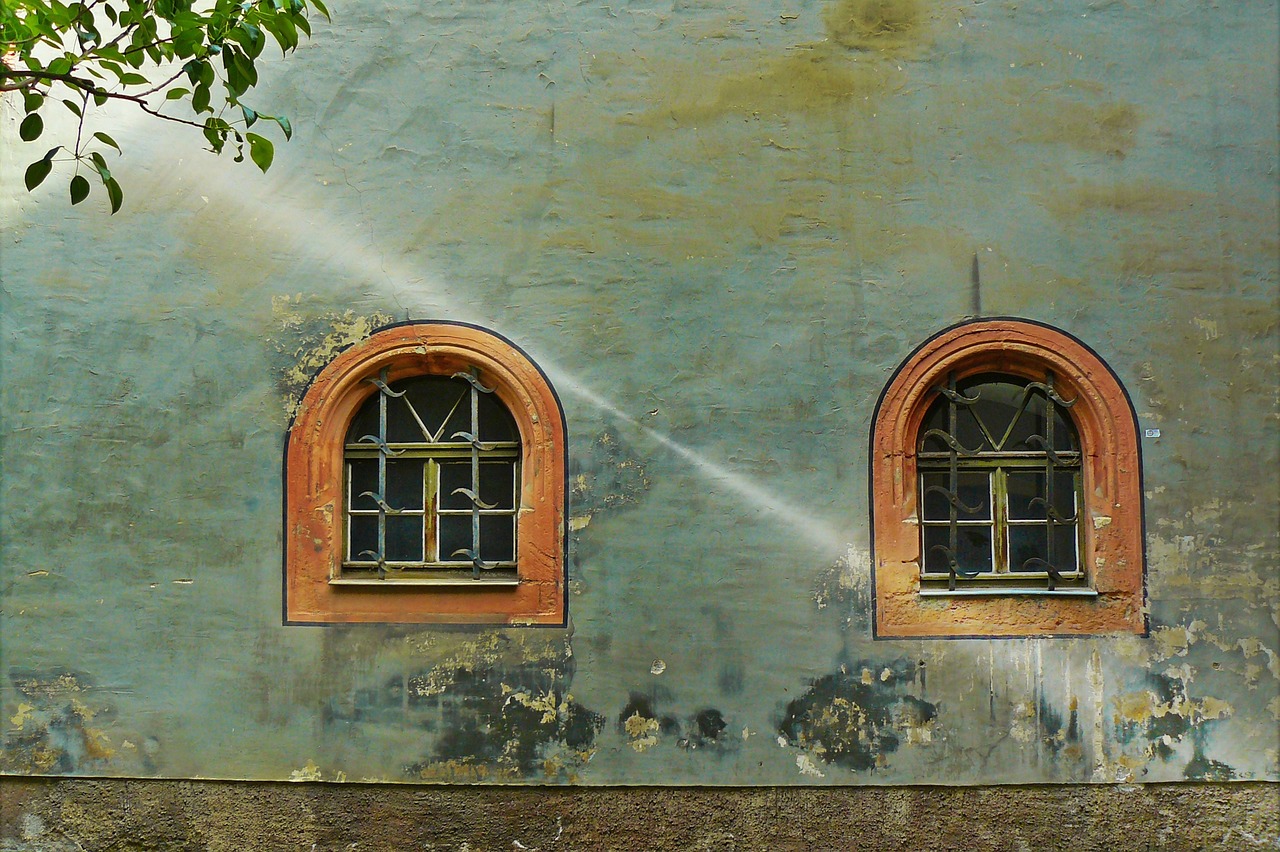Nestled along the picturesque shores of the Bulgarian Black Sea, Balchik stands as a testament to the enduring beauty and captivating history of this ancient town. With a heritage spanning 26 centuries, Balchik has witnessed the rise and fall of empires, each leaving their mark upon its rich tapestry.
From the Greek settlers who first established the town to its conquest by the Ottoman Turks, Balchik’s past is a tapestry woven with tales of struggle and triumph.
Today, visitors can immerse themselves in the town’s history by exploring its well-preserved landmarks, such as the former summer residence of the Romanian Queen Maria Alexandrina Victoria De Edinburgh, which has been transformed into a magnificent palace and botanical garden.
Balchik’s allure extends beyond its historical significance, as its moderate continental climate and stunning beaches make it a popular destination for sea tourism.
With its fascinating past and breathtaking landscapes, Balchik offers a captivating experience for those seeking to delve into its rich history and appreciate the beauty that surrounds it.
Key Takeaways
- Balchik has a rich history dating back 26 centuries, from its establishment by Greek settlers to its role as an important center in the Roman Empire and the Bulgarian Empire.
- The town was conquered by the Ottoman Turks in the 14th century and was later liberated in 1878.
- Balchik is known for its historical landmarks, such as the Palace of the Romanian Queen Maria and the Temple of Kibela.
- The town offers a combination of natural beauty, with its beautiful beaches and moderate climate, making it a popular destination for sea tourism.
Important Historical Events
Balchik has witnessed significant historical events, including its establishment by Greek settlers, its status as an important center during the Roman Empire, its conquest by the Ottoman Turks, and its liberation in 1878.
The town’s history is intertwined with the Roman Empire, as it became an important administrative and port center after being incorporated into the empire. Balchik was also one of the regional centers of the Bulgarian Empire in the early Middle Ages.
However, the town fell under the rule of the Ottoman Turks in the late 14th century and endured Ottoman dominance for centuries. It was not until January 31, 1878, that Balchik finally regained its independence from the Ottoman Dominion.
This period of Ottoman rule and subsequent liberation has left a lasting impact on the historical development and identity of Balchik.
Tourist Attractions
Located near Balchik, the Botanical Garden within the Palace residence offers visitors a diverse collection of plants from around the world, creating a vibrant and captivating environment. Can you imagine strolling through lush gardens, surrounded by colorful flowers and exotic trees? The Botanical Garden is a must-visit attraction for nature enthusiasts and those seeking a peaceful retreat.
Here are some highlights of the Botanical Garden:
-
Cultural landmarks: The Palace, which was the former summer residence of Queen Maria Alexandrina Victoria De Edinburgh, is a stunning architectural masterpiece that reflects a blend of Romanian and Bulgarian influences. The garden also features the Historical Museum of Balchik, where visitors can explore archaeological finds and learn about the region’s rich history.
-
Outdoor activities: The Botanical Garden offers a pleasant setting for leisurely walks and picnics. Visitors can enjoy the fresh sea breeze while admiring the beautiful landscape. There are also designated areas for yoga and meditation, allowing visitors to connect with nature and find inner peace.
Immerse yourself in the beauty of the Botanical Garden in Balchik and experience a harmonious blend of culture and nature.
Natural Beauty and Climate
The region of Balchik experiences a moderate continental climate, with average temperatures of 22 degrees Celsius in July and seawater temperatures reaching 24 degrees Celsius during the summer. This pleasant climate makes Balchik an ideal destination for tourists seeking a beach getaway. One of the main attractions in the town is the Botanical Garden, which is located within the Palace residence. The garden is known for its diverse collection of plants and flowers, offering visitors a tranquil and scenic environment to explore. Additionally, the warm seawater temperature provides a perfect opportunity for swimming and water activities. Visitors can enjoy the crystal-clear waters of the Black Sea and indulge in various water sports such as snorkeling, diving, and sailing. The combination of the Botanical Garden and the inviting seawater temperature makes Balchik a must-visit destination for nature enthusiasts and beach lovers alike.
| Balchik Botanical Garden | Seawater Temperature | |
|---|---|---|
| 1 | Tranquil and scenic environment | Ideal for swimming and water activities |
| 2 | Diverse collection of plants and flowers | Crystal-clear waters of the Black Sea |
| 3 | Perfect for nature enthusiasts | Opportunity for snorkeling, diving, and sailing |
| 4 | Located within the Palace residence | Inviting and enjoyable for beach lovers |
Frequently Asked Questions
What is the significance of the name "Balchik" and how did it come about?
The name ‘Balchik’ carries immense significance, representing the town’s long and diverse history. Influenced by the cultural proximity of Constantinople, Balchik developed as an important administrative and port center, reflecting the region’s historical and cultural richness.
How did Balchik’s proximity to Constantinople influence its development and culture?
The proximity of Balchik to Constantinople, the capital of the Byzantine Empire, had a significant influence on its development and culture. It led to cultural exchanges, trade, and the adoption of Byzantine architectural and artistic styles in the town.
What was the impact of the Ottoman rule on Balchik and how did it shape the town?
The impact of Ottoman rule on Balchik resulted in political transformation and cultural assimilation. The town experienced changes in governance and administration, while also adopting aspects of Ottoman culture and customs. The proximity to Constantinople influenced trade relations and brought architectural influences to Balchik.
Can you provide more information about the largest mill on the Balkan Peninsula and its role in Balchik’s history?
The largest mill on the Balkan Peninsula played a significant role in Balchik’s history. Constructed in the early 20th century, it facilitated the export of around 70,000 tons of grain, contributing to the town’s economic prosperity.
What is the story behind the Monastery Ak Yazala Baba – St. Atanas and why is it visited by both Christians and Muslims?
The Monastery Ak Yazala Baba – St. Atanas near Balchik has a captivating story that attracts both Christians and Muslims. Its significance lies in its historical and religious importance, reflecting the impact of Ottoman rule on Balchik and the town’s proximity to Constantinople.

